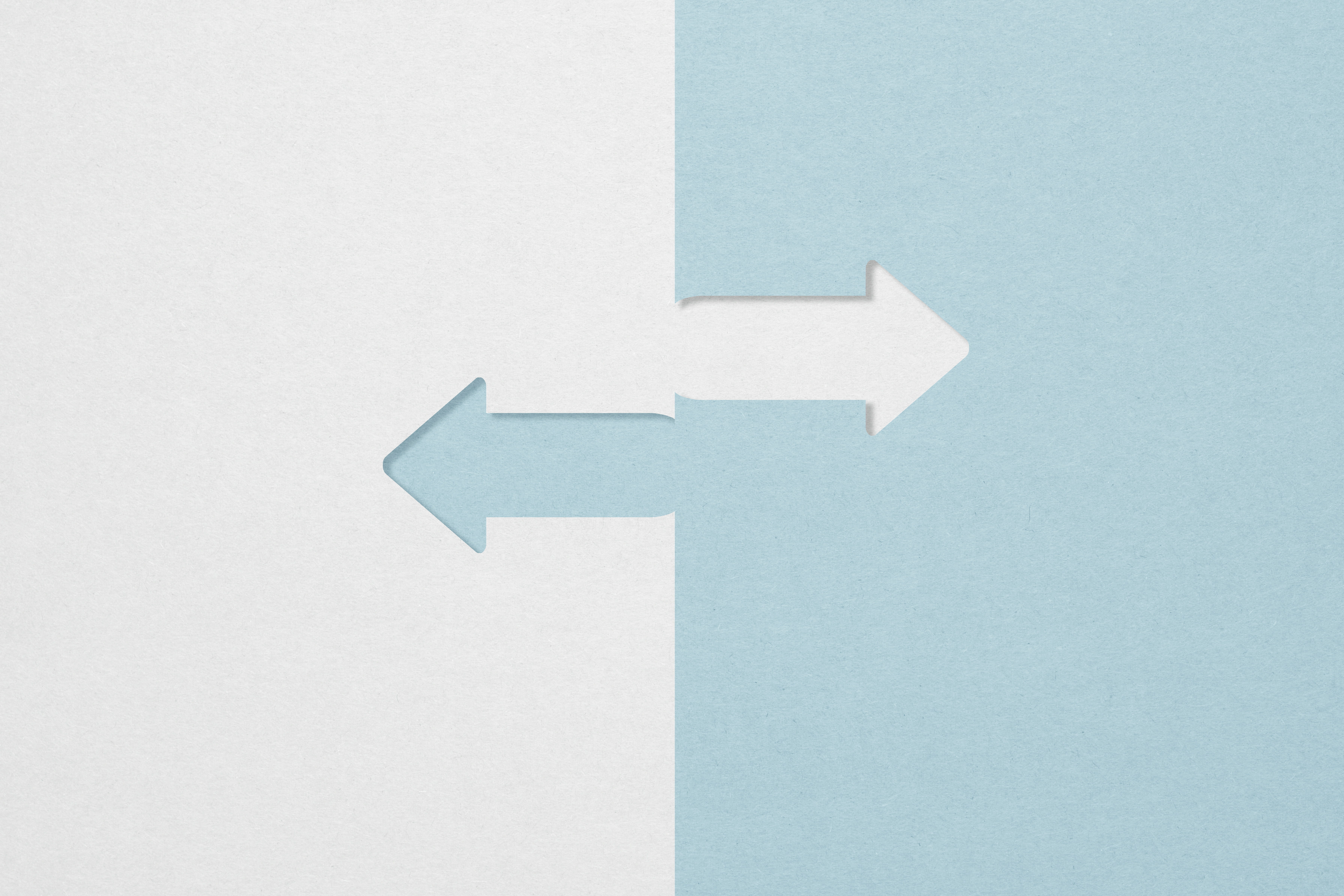
5 minute read
Hair Options for Clients with Trichotillomania
from The Link Issue 53
by The AHLC
By Dorin Azérad, Stylist, Houston, TX
I got my first hair piece at the age of 16. It was a mesh-integrated topper that was sewn into my biological hair. It was my gateway hair piece – the one that plunged me into the world of wigs, toppers, bonded hair pieces, and more. My journey with hair loss began at the age of four when I developed trichotillomania, the hair pulling disorder. Decades later, I now have the privilege to be a hairstylist for clients with trichotillomania and all forms of hair loss.
There is no one-size-fits-all when it comes to selecting the perfect hair piece for a client with trichotillomania. Unlike other forms of hair loss, trichotillomania can lead to patterns that are unpredictable and greatly varied (i.e. clients range from an almost full head of hair to completely bald). This means that every hair piece will not work for every client. Understanding the pros and cons of different hair pieces for clients with trichotillomania will help you confidently guide your client.
Wigs
Pros: Wigs are a “safe” option for many clients. If clients have bald spots on different parts of their head or they are worried about their hair loss moving into new areas, a wig will allow clients to wear a full head of wig hair without having to worry about their hair underneath it. Many of my clients call their wig their “hair jail” - they are able keep their biological hair under their wig untouchable as long as they’re wearing their wig.
Cons: Wigs are not a great option for clients who have high-density biological hair. Not all clients with trichotillomania experience extreme hair loss. For clients with a lot of hair or those who don't want to cover their natural hair, wigs might be too much for them. However, some clients like the feeling of having their hair restricted but want that on a more permanent basis. In this case, a wig would not be the best option, and they should look into bonded hair pieces.
Toppers
Pros: Toppers are a great option for clients who are looking to show off their hair while covering up their thin or bald spots. Oftentimes, clients with trichotillomania have habitually found themselves styling their hair in very specific ways to cover up their bald spots. They are looking for new ways to wear their hair but are not interested in covering up all their hair. Toppers are that perfect middle ground for these clients.
Cons: Hair loss from trichotillomania can be unpredictable and widespread. For many, traditional topper sizes might not cover their bald spots. However, that doesn’t always mean that a topper isn’t the right option for them. Depending on how they plan on styling their hair piece, a topper might give someone the added density they are looking for without having to cover all of their hair with a wig. If I notice that the topper will not cover a bald spot, I always discuss this with my client ahead of time. For some clients, they want every bald spot covered (a wig might be the better option for them). For others, they are looking for added density while still getting to wear their biological hair.
Extensions
Pros: Extensions are a great option for clients who are looking to add density to a specific part of their hair. I have had clients who have pulled from a small part of their head for years (e.g. the back nape) but otherwise have a full head of hair. Wigs, toppers, and other top-of-head hair pieces would be too much for these clients. However, extensions would provide the right amount of hair to fill in small gaps in their hair.
Cons: While extensions remain the most mainstream form of alternative hair, I find that they rarely work for clients with trichotillomania. The methods with which extensions are attached (e.g. tied, beaded, fused) often put tension on client’s hair. This tension can cause an increased sensation at the scalp, which can increase urges for pulling. Unless a client’s hair pulling is near dormant, I usually dissuade them against choosing extensions.
Bonded Hair Pieces
Pros: Many clients with trichotillomania find bonded hair pieces to be an appealing option for them because it means restricting access to hair that might otherwise be pulled. I love bonded hair pieces for clients who are looking to wake up with their dream hair and are committed to the maintenance involved with monthly reattachments. If clients are looking to stop pulling from a specific area on their head, putting on a semi-permanent hair piece will ensure that they don’t have access to those hairs while the piece remains bonded. If this option is chosen to curb the urge to pull, I always recommend that they seek out a licensed therapist who specializes in trichotillomania and/or bodyfocused repetitive behaviors.
Cons: When the client’s hair starts to grow back or if they already have higher than average density, bonded hair pieces can become difficult to bond. These clients might feel like they need to come for reattachment more frequently. In addition, bonding has the potential to put pressure on the hair follicles as the hair piece loosens up. This can caused increased scalp sensation and pulling urges for some.










